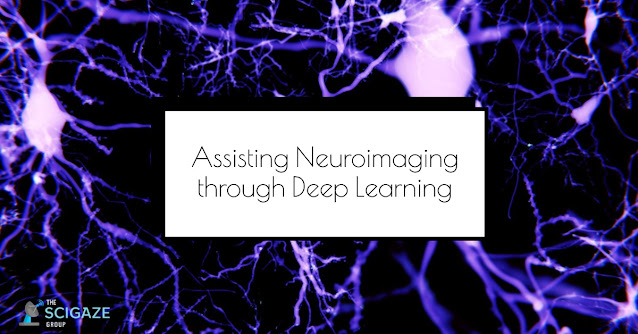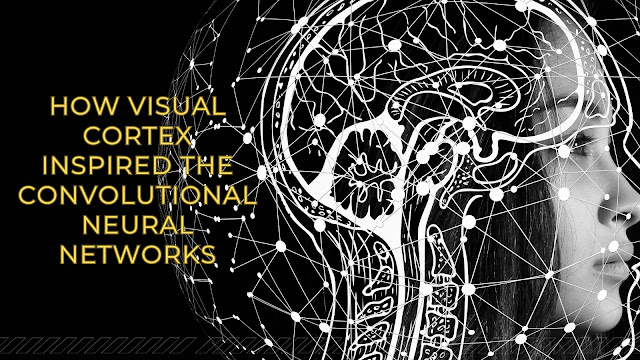Deep Neural Networks for ADMET properties' prediction

Introduction The absorption, distribution, metabolism, excretion and toxicity properties of any compound contributes to its potential as an orally administered drug. A set of criteria defined by Rule of Five or the Pfizer's Rule of Five stats that any compound meeting these criteria are more likely to have ADMET properties. The importance of these properties has increased in modern medicinal chemistry and new machine learning techniques are employed to predict these properties. The predictive ADMET models have helped in discovery of small molecules with improved safety and dose. Deep Neural Networks are showing usefulness in such predictions due to improved computational efficiency, larger datasets and adaption of image processing in the chemistry. Early Models The early DNNs employed showed improved prediction performance. Many researchers raised concerned that this improvement is in fact has no relation with better computational capacity, rather it is result of mere memorizing of...








